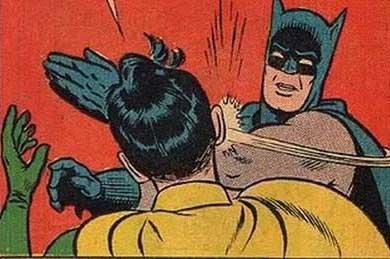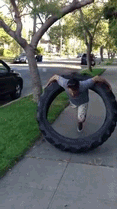1) Down and back isn’t always right for our shoulder patients. In fact, some people need the opposite. This months article goes over how to assess and treat someone for overhead shoulder exercises.
2) This is awesome – slow-mo clean & jerk video with analysis from olympic lifting coach Jim Schmitz.
3) A new knee ligament? Researchers have found an Anterolateral Ligament (ALL) in the knee. Is this a profound advancement in anatomy? Or is this just a carved out fascial thickening?
4) Great perspective on hamstring tightness. Mike Reinold discusses how a tight hip flexor can pull the pelvis into an anterior pelvic tilt, thus decreasing the contralateral straight leg raise. You could use the 90-90 active posterior chain test in hooklying to further determine if it’s true posterior tissue extensibility. The hooklying position takes out the hip flexors and anterior pelvic tilt. Just understand that with ankle dorsiflexion it would be more of a neural bias and keeping the foot in neutral would be more of a soft tissue bias.
5) The Subjective Examination. Patients recall from memory the events and factors the influence their injury. But how accurate is it? Watch this interesting TED talk on memory.
6) Mike Robertson put together a great guide for learning and correcting the front squat.
7) If you’re interested in performance you should check out this post on the different types of speed. “To evaluate an athlete properly, several options exist to discovering the fitness and speed of an athlete. ”
8) Don’t forget to train your upper dorsimus.
9) Erson’s 5’s – Mistakes He’s Learned From. A great and humble post with some valuable clinical advice. I recently have been learning from my mistake of thinking I can fix everyone. I have a hard time “giving up”. This sometimes causes patients treatment duration to last longer than it should. After 10+ visits of no significant change a lot of bad things can happen. I am on board with Erson’s rule of referring out if there are no change after 4-6 visits /1 month.
10) “Graded Motor Imagery changes the brain’s neurosignature,” says Robert Johnson. Here’s a quick article explaining GMI.
11) Activating the T-Spine extensors and lower trapezius is often a difficult task (especially in the patients that love to hinge at their TL junction). I find this exercise very helpful for this problem. The deep squat posture locks out the lumbar spine, thus forcing the thoracic extensors and lower traps to do all the work.
12) Moseley’s 4 Key Points to Understand Pain
- Pain does not provide a measure of the state of the tissues;
- Pain is modulated by many factors from across somatic, psychological and social domains
- The relationship between pain and the state of the tissues becomes less predictable as pain persists
- Pain can be conceptualized as a conscious correlate of the implicit perception that tissue is in danger
13) I think the SFMA should include this in their stability breakouts




